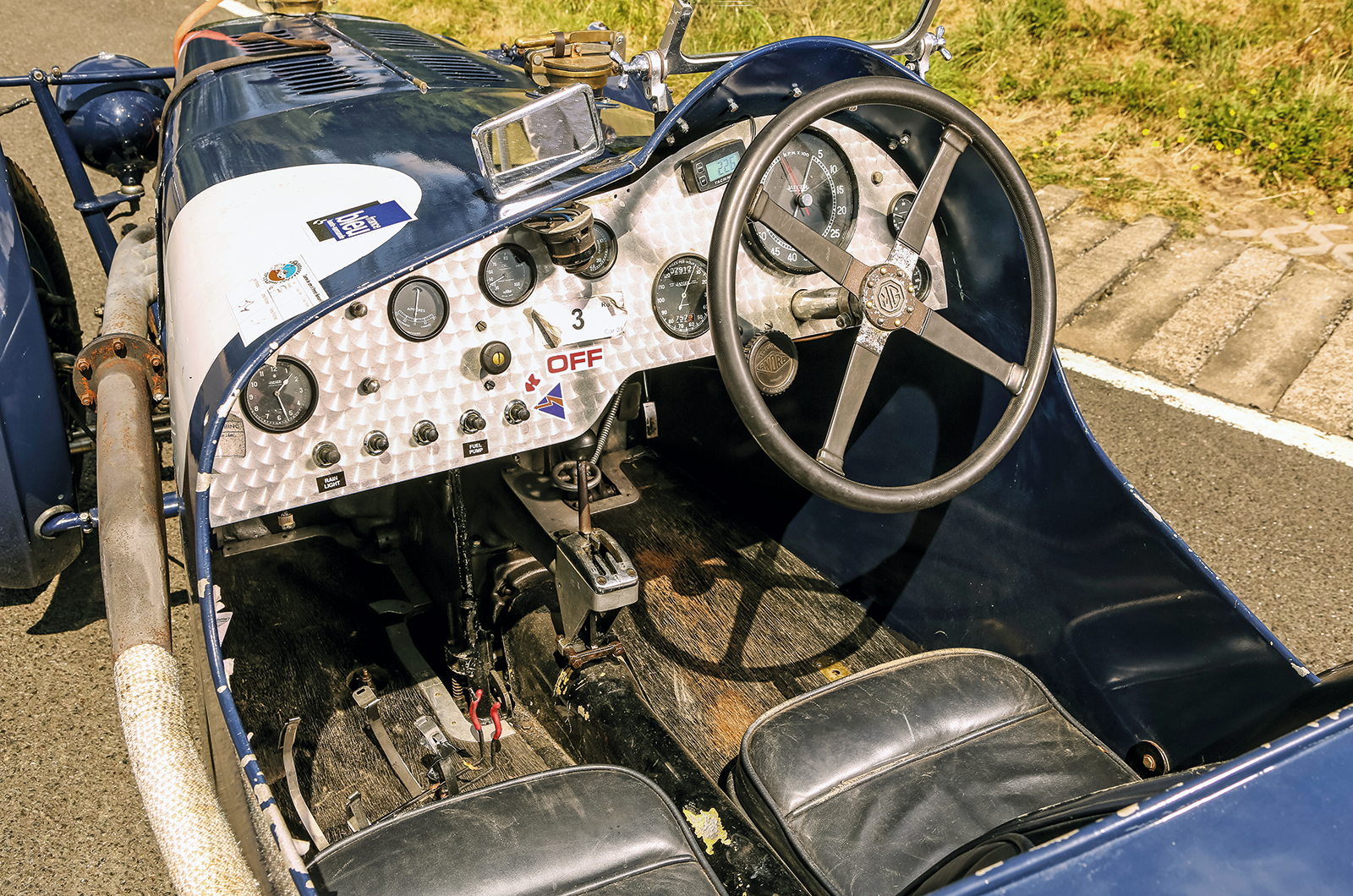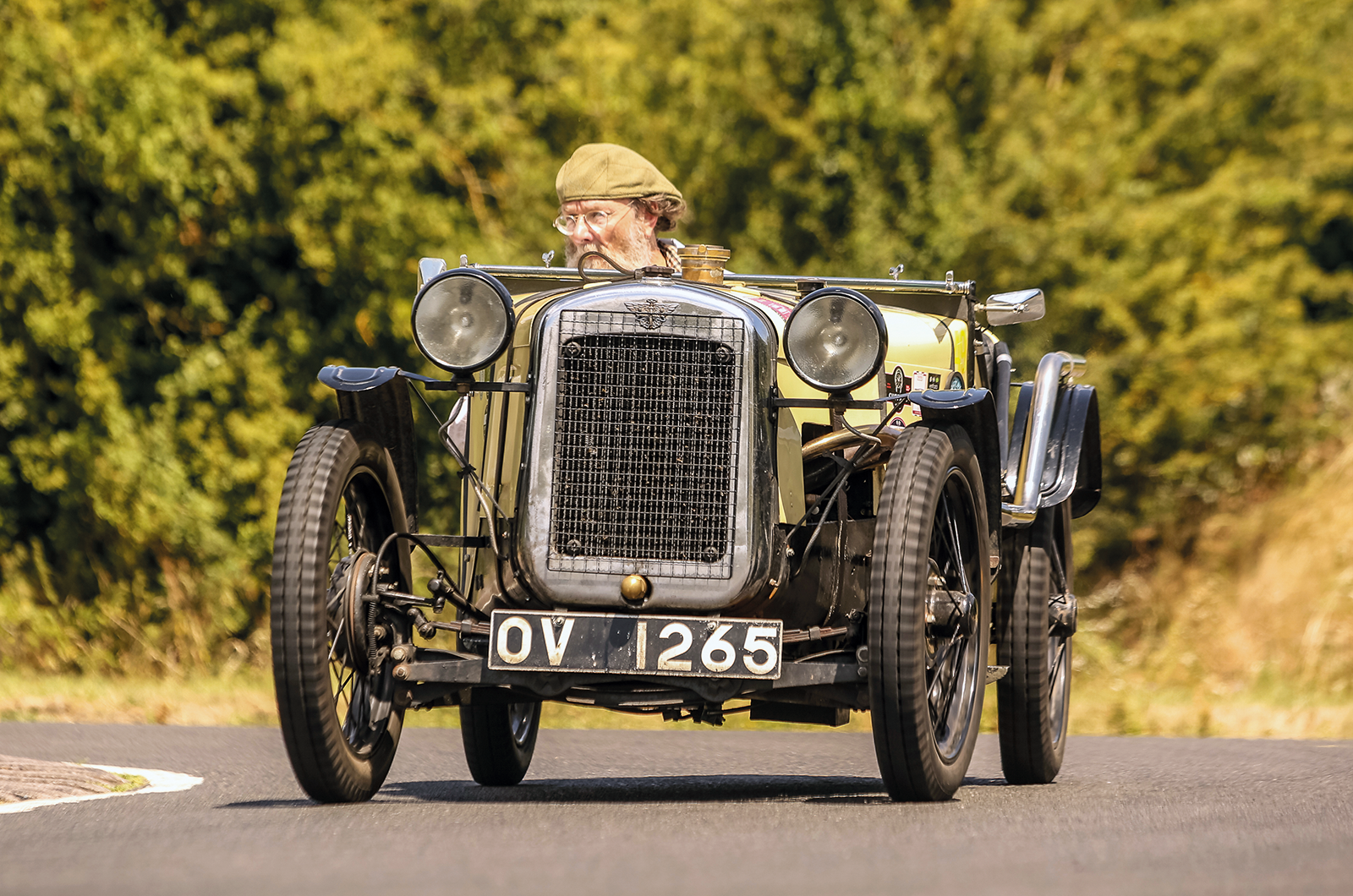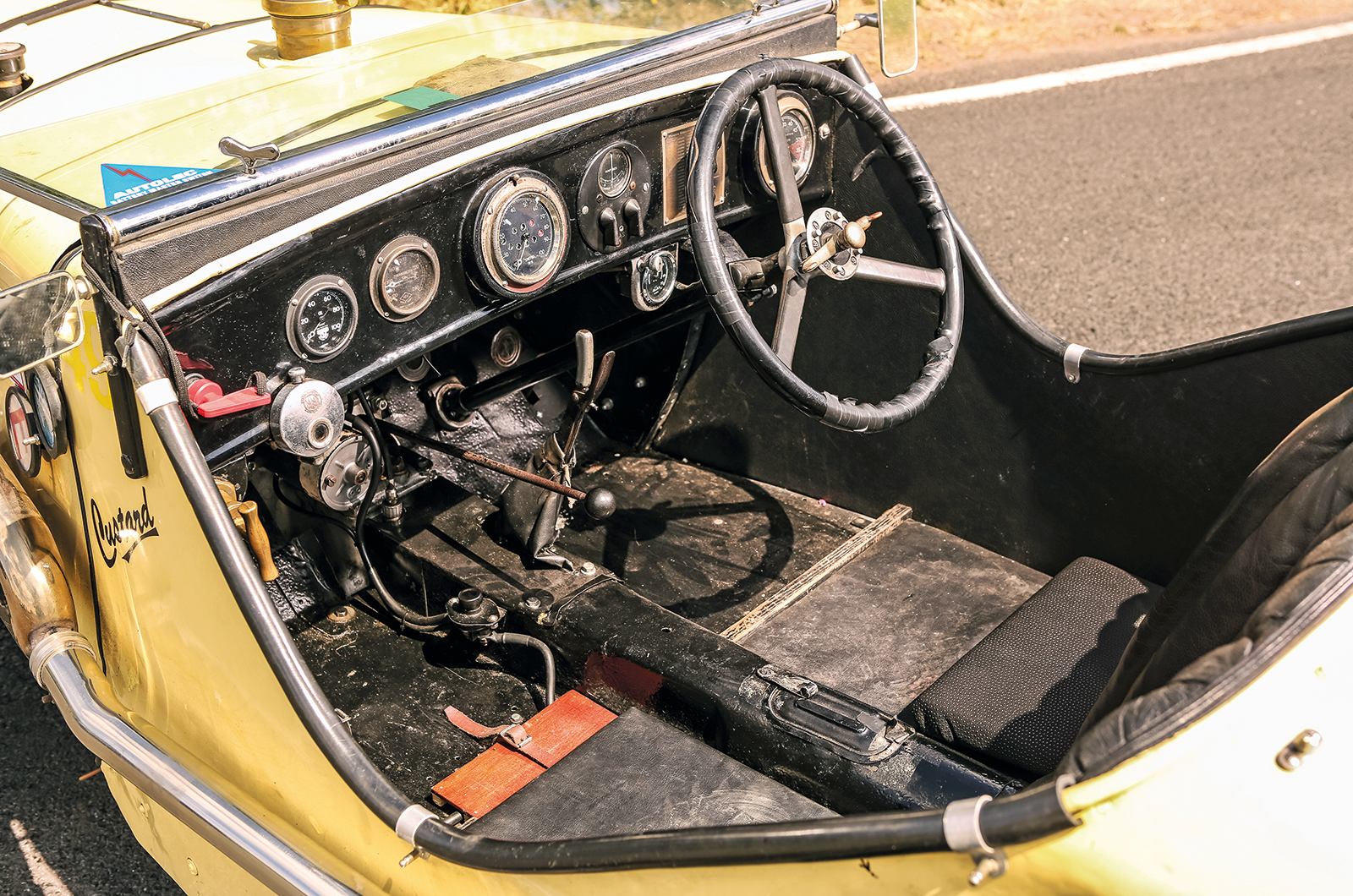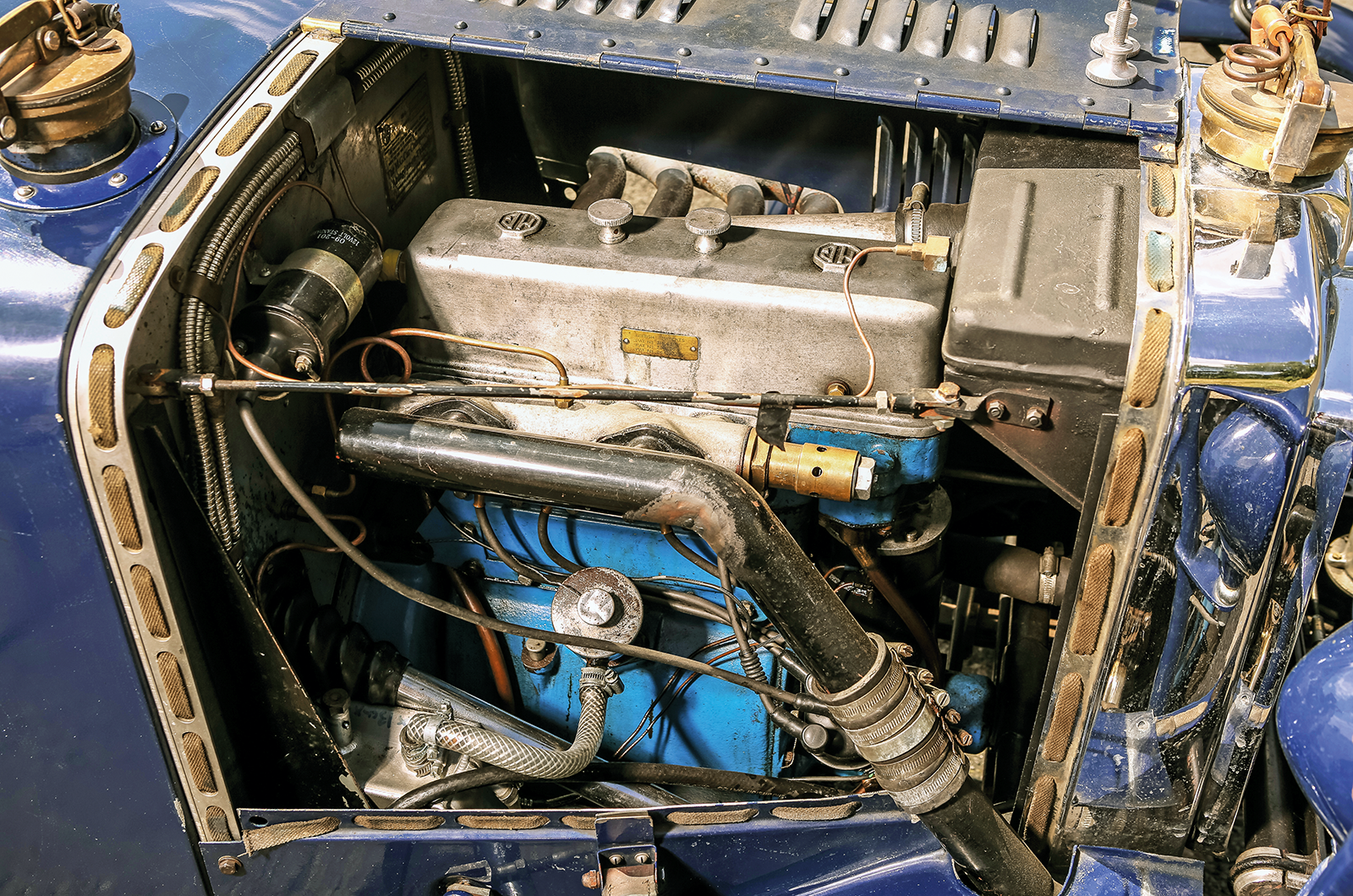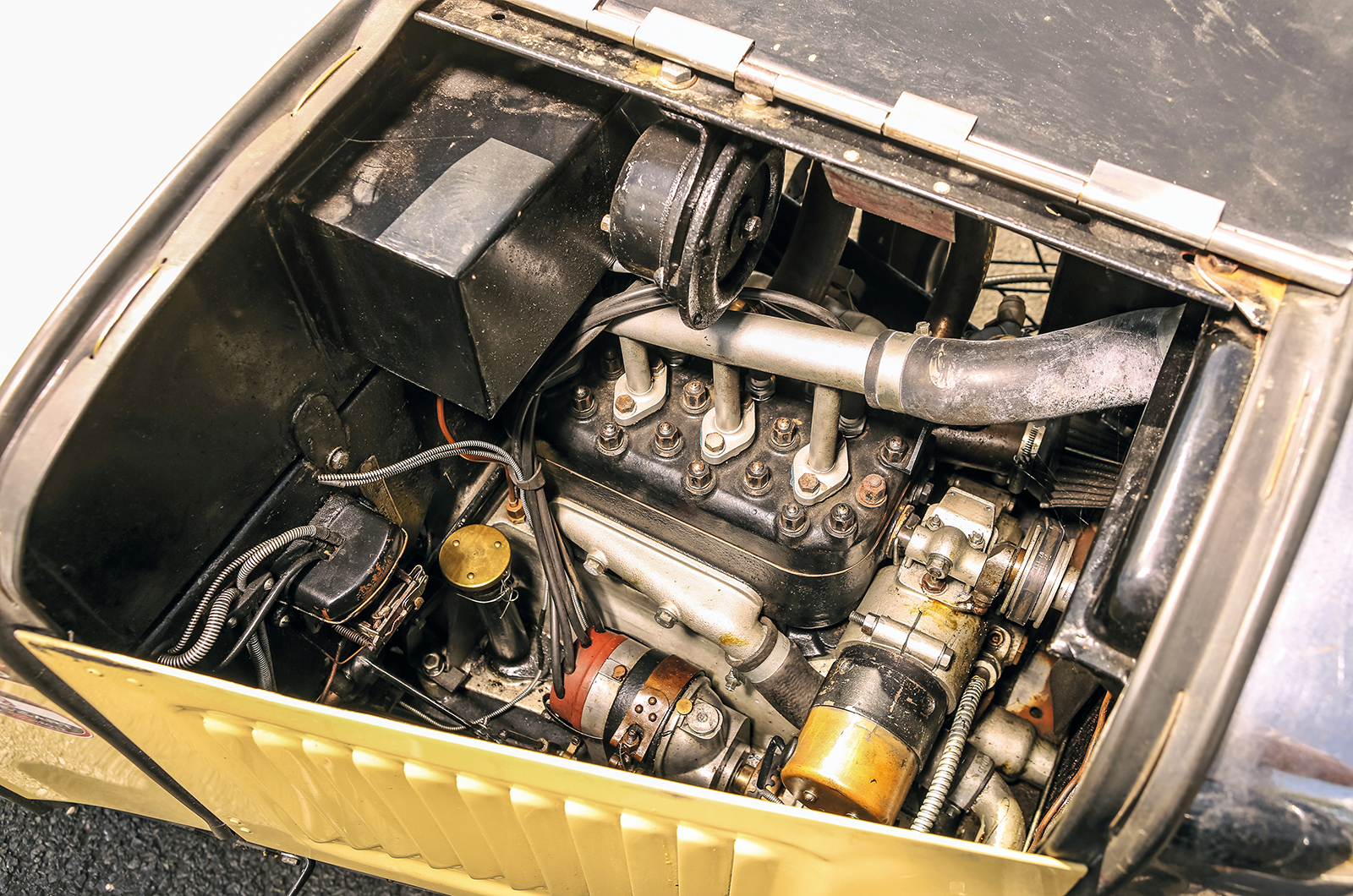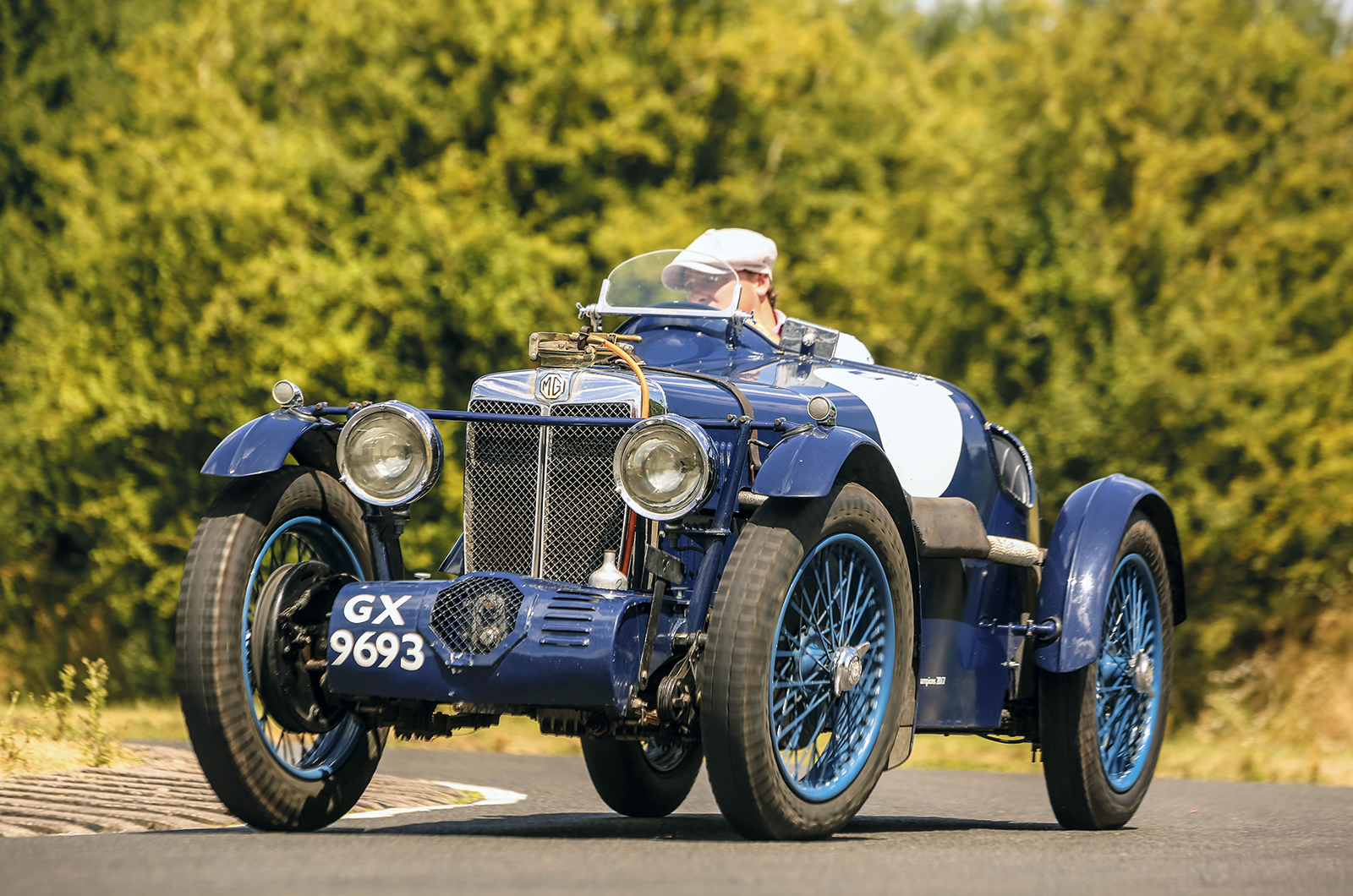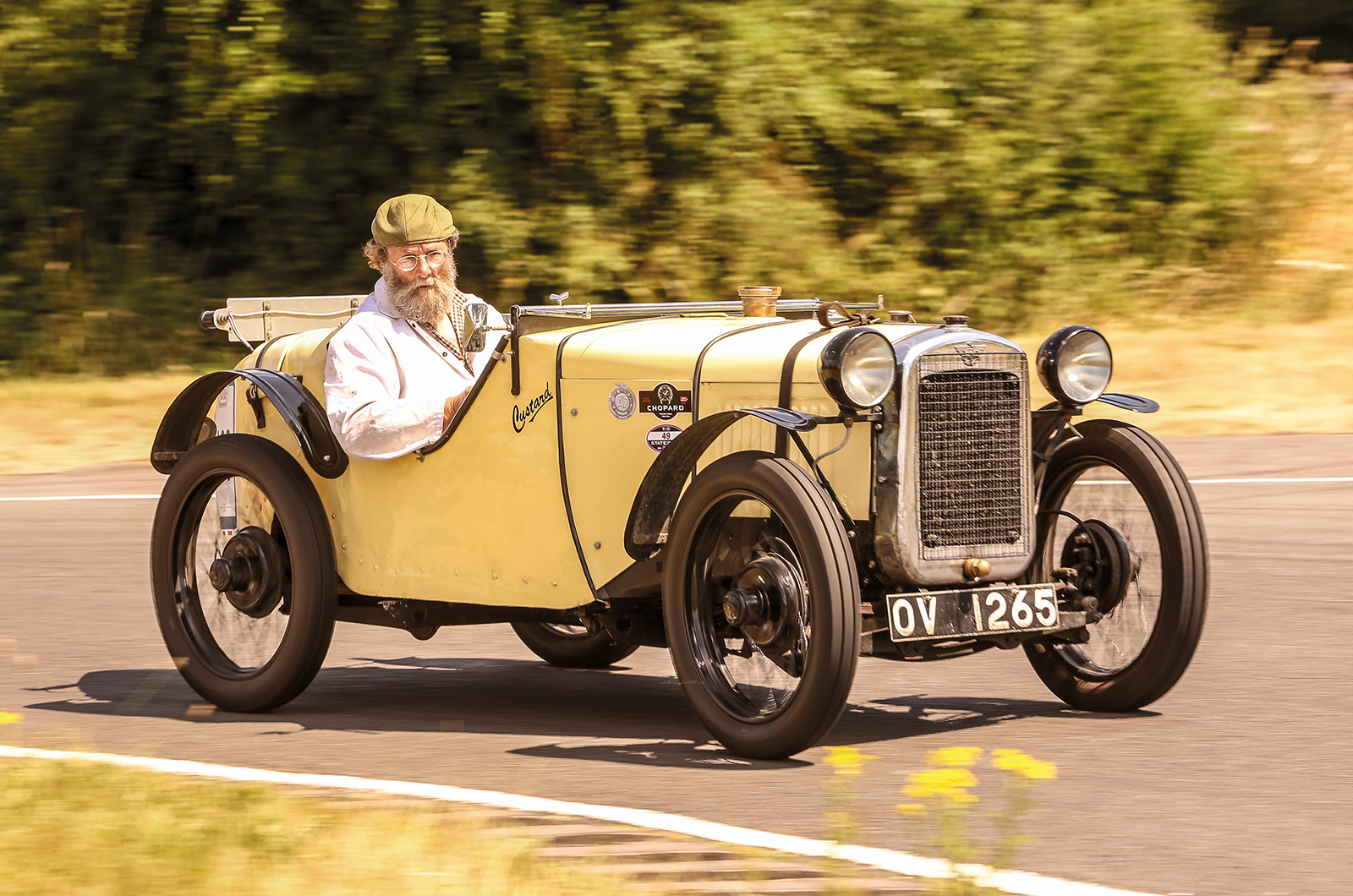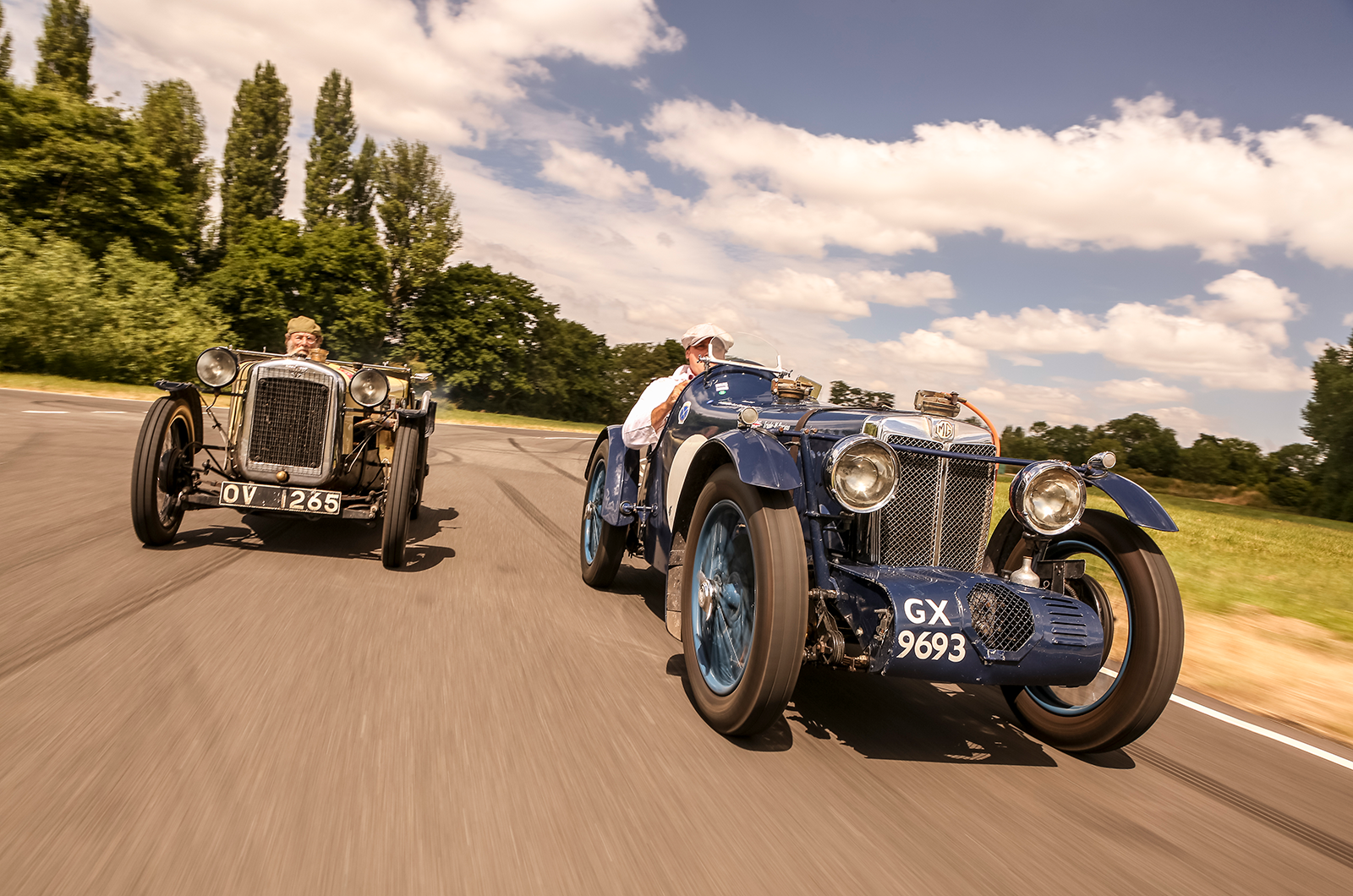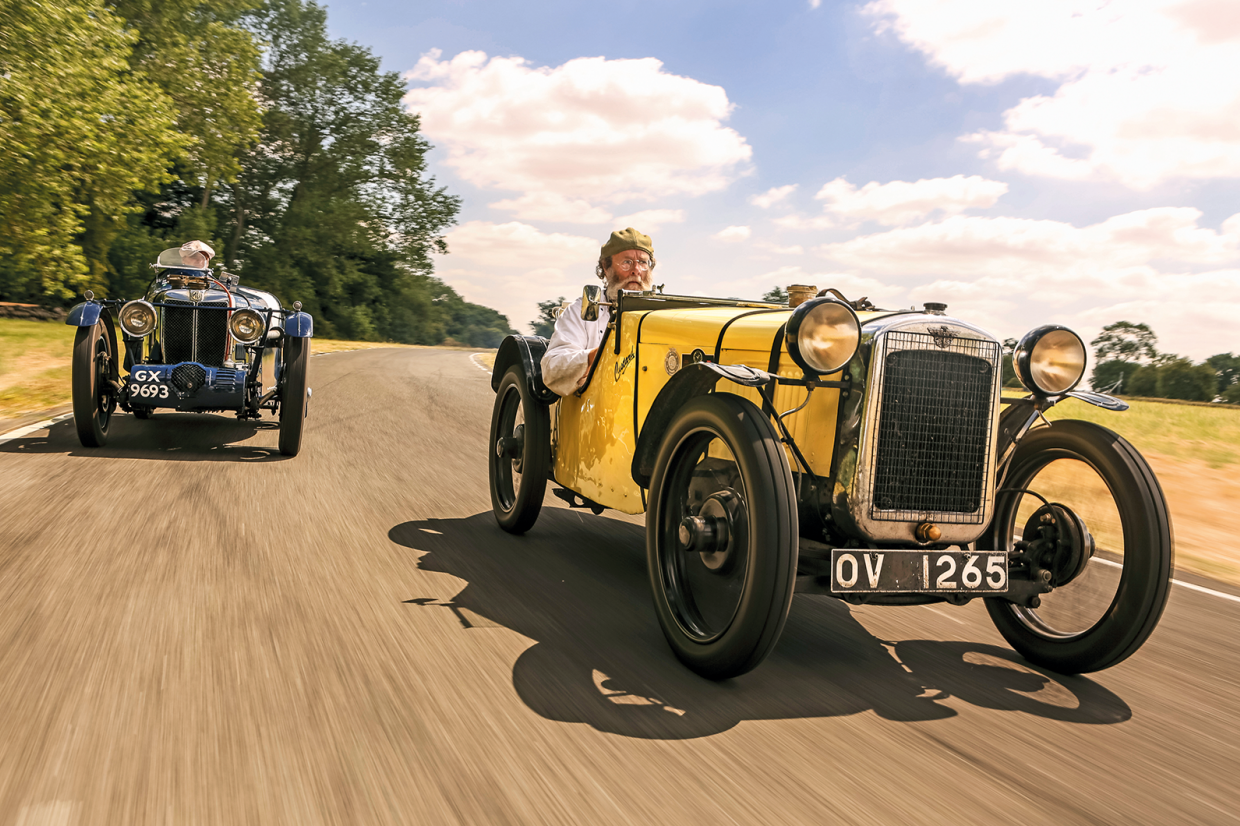
You might expect that a rivalry ignited in the 1930s would have perhaps calmed down by now.
Yet, despite the passing of decades – along with the people who originally built and raced these cars – it’s clear that the age-old quarrel between Austin Seven and MG Midget owners is one that still holds plenty of breath in its lungs.
First launched in 1922 and raced in 1923, the 747cc Seven’s success on both road and track attracted competitors, and in 1928 Morris launched its 847cc Minor.
Just as the Seven fathered sporting derivatives, such as the supercharged £225 Ulster, the Minor notably sired the 1929 MG M-type Midget.
A three-car team of M-types entered the Junior Car Club’s Double Twelve Hour Race at Brooklands in 1930 – the very year that had resulted in a busy time for the Ulster’s trophy cabinet. When the chequered flag fell at the filthily wet Surrey circuit, only two of the eight teams that started were still running – Austin and MG.
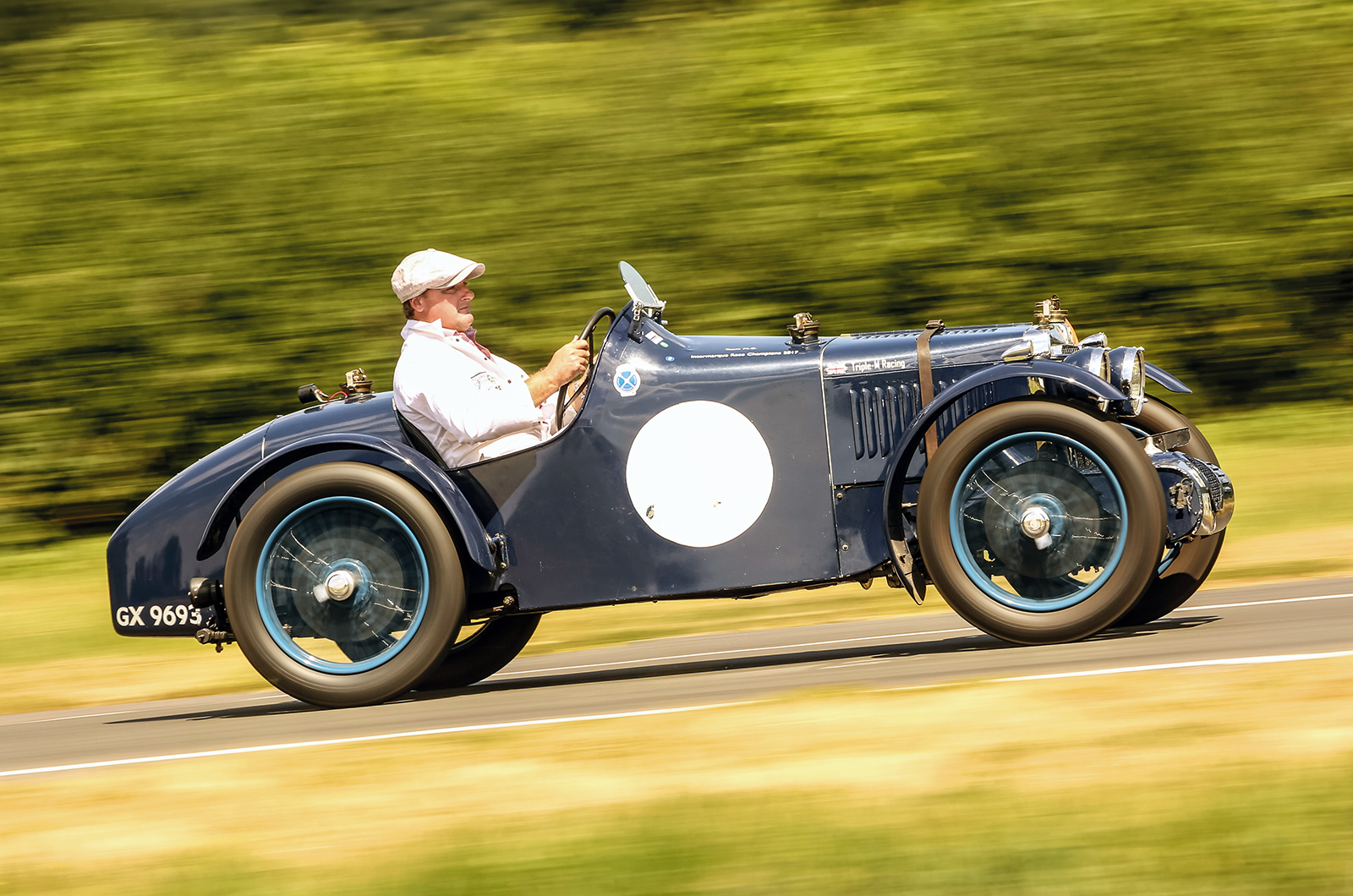
Ultimately, Randall and Edmondson’s Abingdon equipe would pip the supercharged Sevens – driven by the likes of Herbert Austin’s son-in-law, Arthur Waite, and the Earl of March – to the coveted Team Prize.

